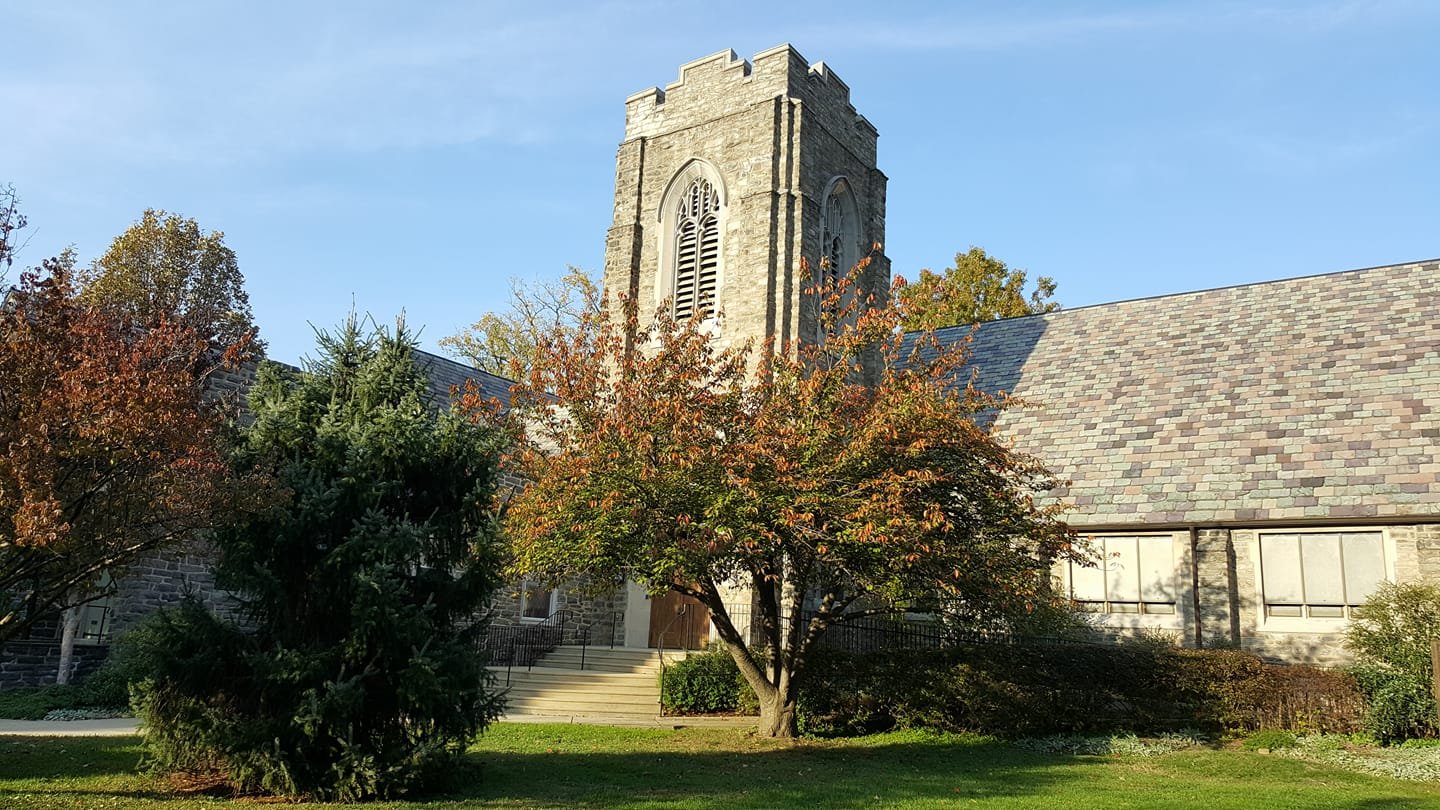Persimmons
In the Garden with Andrew
Andrew Bunting. Photo courtesy of the Pennsylvania Horticultural Society.
For decades, I have marveled at the native American persimmon, Diospyros virginiana, which is found in our native deciduous woods from Connecticut in the north to Florida in the south, and as far west as Kansas. This upright tree is easily identified in any season by its black trunk and alligator-skin-like bark. The American persimmon bears round orange fruits about the circumference of a quarter. Eating the fruit before it is fully ripe produces an astringent sensation in the mouth, because its tannins are still soluble. And if the fruit has not been subjected to frost a couple of times, it will make your mouth pucker.
Because of its hardiness, the American persimmon can be grown in colder parts of the United States, including most parts of the Midwest. Persimmons are dioecious, meaning that male and female flowers are borne on separate trees. Therefore, to obtain fruit, you need to have trees with female flowers and trees with male flowers.
In eastern Pennsylvania and New Jersey, our winters are mild enough to grow the coveted Asian persimmon, Diospyros kaki, which makes a great ornamental tree. Its orange fruits ripen late in the fall when the large, broad leaves are turning bright golden-yellow. The fruits remain very attractive from mid- to late fall and the tree’s fall color persists until late November. I was first introduced to these much larger persimmons by a local plantsman, Charles Cresson, who has different cultivars at his house and at his brother’s home in Swarthmore. On Charles’s neighbor’s property, there is a specimen of the variety ‘Great Wall’, which has squat fruits that are 2½” by 2½” and look like tiny, bright-orange pumpkins.
‘Saijo’. Photo: Andrew Bunting
‘Great Wall’. Photo: Andrew Bunting
While many of the Asian types are less astringent than the American persimmon, they still need to stay on the tree unpicked until there have been several nights of cold temperatures, in order to fully ripen. Similar in fruit size and shape to ‘Great Wall’ are ‘Kyungsun Ban-si’ and ‘Sheng’.
If you can find persimmon fruit in the grocery store or at the farmer’s market, it are likely to be of the ‘Fuyu’ variety, which is the standard non-astringent persimmon sold in both Japan and the U.S. These three-inch rounded fruits are somewhat flattened, and there is little astringency, which allows homeowners who grow this tree to harvest and eat its fruit without waiting.
The persimmon’s fruit can be used to make a number of edible treats, including jam, pie, pudding, or cookies—and my neighbors made persimmon ice cream one year! The fruit is highly nutritious and is considered an excellent source of vitamins A and C. Whole persimmons can also be frozen to eat later.
In my home garden, I have four Diospyros kaki ‘Saijo’ that flank a seating area in the central part of my vegetable garden. I planted these trees when they were young and about five feet tall. Ten years later, they are approximately 30 feet tall and bear beautiful egg-shaped orange fruits about three inches in length. Although they bear fruit every year, they seem to have a bumper crop every other year. This year I had a bumper crop: each tree produced hundreds of plump fruits, and therefore many, many of my neighbors were the recipients of bags of fruit. As the trees get larger, it becomes almost impossible to reach the fruits at the top of the tree even with the tallest orchard ladder, so some fruits will end up being food for the local birds and squirrels.
Send your gardening questions to editor@swarthmorean.com. Put “Garden” in the subject line.
Andrew Bunting is vice president of public horticulture at the Pennsylvania Horticultural Society and vice president of the Swarthmore Horticultural Society.





